Our History
1996
2000
2004
2006
2009
2014
2016
2020
NOW
Event
-
2025.03.11-03.14LASER World of PHOTONICS CHINA
-
2025.02.11-02.13Expo Manufactura
-
2024.11.28-12.01BUMATEK
-
2024.10.15-10.17FABTECH
-
2024.10.08-10.10MSV2024
-
2024.10.01-10.04Machtech & Innotech Expo
-
2024.07.02-07.05MTA Vietnam 2024
-
2024.05.15-05.18MetalTech & Automex 2024
-
2024.05.07-05.11FEIMEC 2024
-
2024.04.01-04.05SIMTOS
-
2023.05.10-05.13LAMIERA
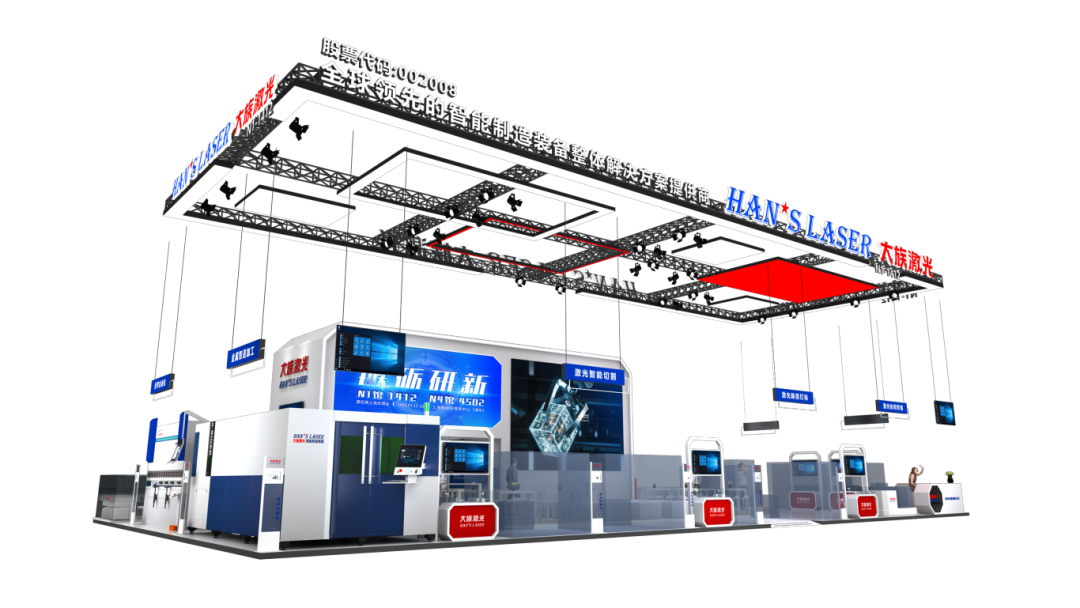
Shanghai, March 11, 2025 – The 20th LASER World of PHOTONICS CHINA has opened at the Shanghai New International Expo Centre, gathering top global exhibitors to showcase cutting-edge photonics innovations. Han’s Laser, a leader in laser technology, presents its latest solutions with an eye-catching dual-booth setup (N1-1412 & N4-4502), drawing industry attention.
LASER World of PHOTONICS CHINA

Expo Manufactura is one of Mexico's leading manufacturing trade shows, focusing on industrial innovation, automation, and advanced manufacturing technologies. Held annually in Monterrey, it gathers key industry players from sectors such as metalworking, automation, robotics, and additive manufacturing.
Expo Manufactura
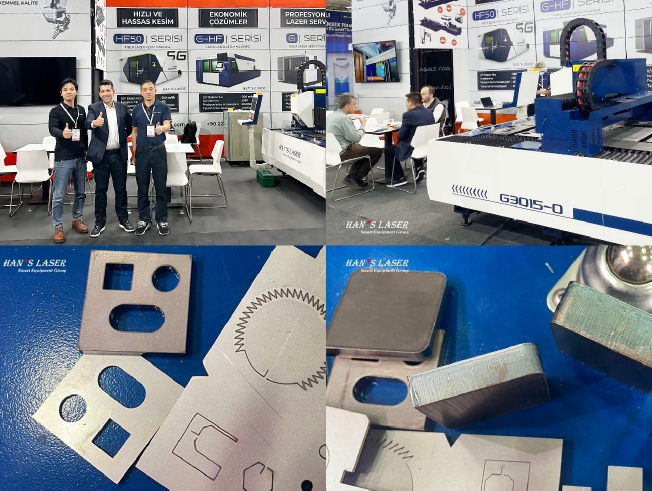
BUMATECH is the largest and most professional welding in-
dustry exhi.bition in Turkey, The exhibits displayed at the exhi-
bition include metalprocessing and forming machinery,
metal cutting equipment, specialprocessing machine tools,
welding equipment, manual, hydraulic, pneu-matic tools, digi-
tal display devices and machine tools, fixtures and related
products,inspection and measuring equipment.
BUMATEK
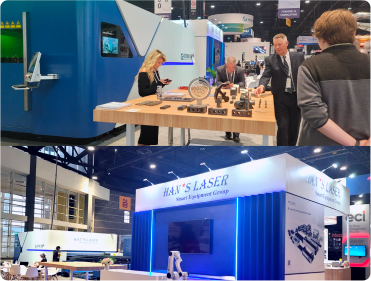
FABTECH is a long history, large scale and influential metal
forming exhibition in North America, which started in 1981
and is held once a year in Chicago, Las Vegas and Atlanta. lt
is a long history, large scale and influential metal forming
exhibition in North America, as well as a pipe.plate,stamping
and welding exhibition in North America.
FABTECH

MSV is the largest and most influential industrial machinery
exhibition in Central and Eastern Europe. Since it was orga-
nized in 1959,it has been the most important and the most
effective trade fair in the Czech Republic. The exhibition
covers all fields of industrial production and is one of the
international exhibitions supported by the International Exhi-
bition Alliance.
MSV2024

MachTech &InnoTech Expo is the largest international trade
fair for metalworking machinery and technology in Bulgaria.
Machtech & Innotech Expo
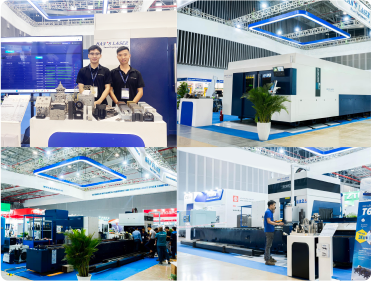
MTA Vietnam is the largest international precision mechani-
cal engineering and metal working exhibition in ASEAN.
MTA Vietnam 2024
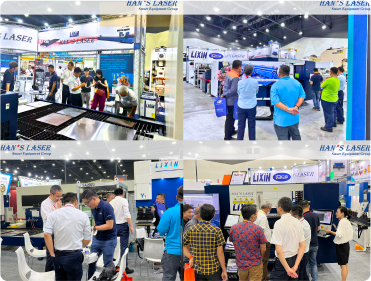
Malaysia International Machine Tools and Industrial Automa-
tion Exhibition(MetalTech & Automex 2024)is Malaysia's
influential, professional and influential international trade
fair for machinery processing.Aimed at Malaysia and its
neighboring countries in the industry to create a platform for
communication and cooperation in the machinery industry.
MetalTech & Automex 2024
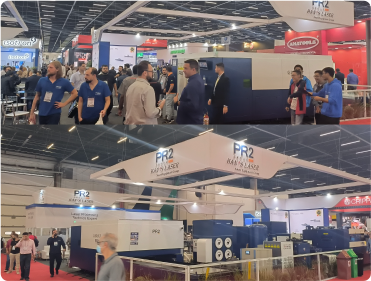
FElMEC is the largest and most influential machinery and
machine tool exhibition in Latin America, which attracted a
total of 900 exhibitors from 29 countries and regions around
the world. FElMEC provides an excellent opportunity for
buyers and sellers around the world to communicate with
each other face-to-face.
FEIMEC 2024
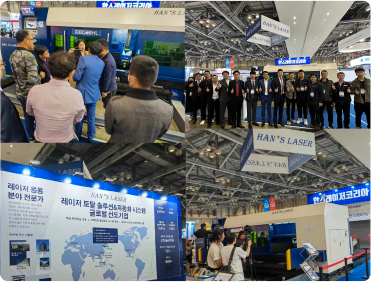
Seoul Machine Tool Show (SlMTOS) is one of the most
well-known and professional machine tool exhibitions in
Asia, founded in 1984, and is a representative exhibition for
the Korean production materials industry.
SIMTOS
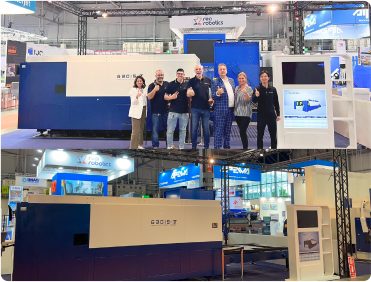
Lamiera is the largest and most prestigious exhibition in ltaly
for sheet metal forming. it is organized by the ltalian Associ-
ation of Machine Tools,Robotics and Automation (UClMU).
The range of exhibits includes metal cutting machines, metal
forming machines, tools, industrial automation.accessories
and components, measuring, welding, machine and equip-
ment polishing, services, flexible manufacturing cells and
systems,research and development, environment and safety,
CAD, CAM systems,and much more.
LAMIERA
News
All
Up-coming Events
News
-
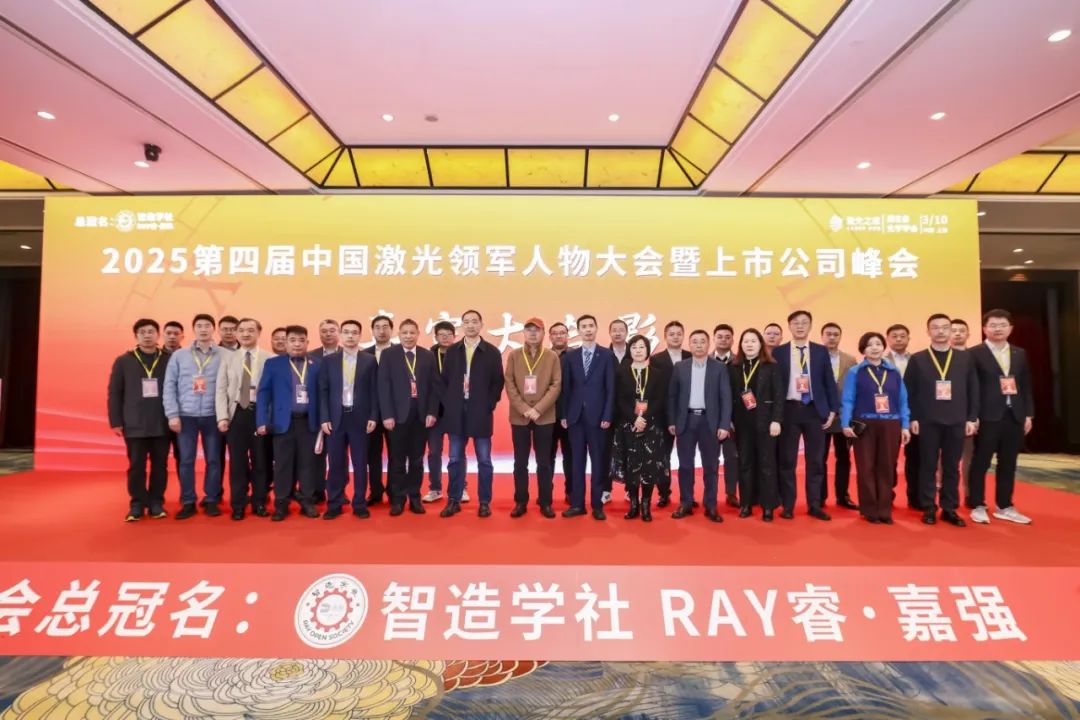 62025.03.17HAN'S LASER Showcases China's Laser Innovation Leadership at 2025 Shanghai Industry Summit
62025.03.17HAN'S LASER Showcases China's Laser Innovation Leadership at 2025 Shanghai Industry Summit -
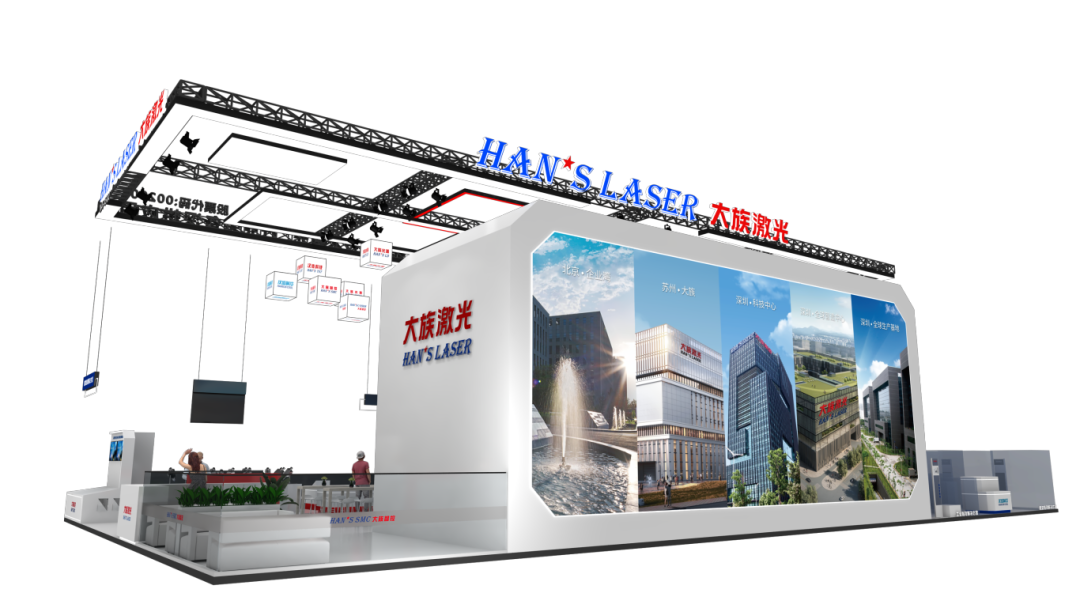 52025.03.08Han’s Laser Invites You to the 2025 LASER World of PHOTONICS CHINA
52025.03.08Han’s Laser Invites You to the 2025 LASER World of PHOTONICS CHINA -
 42025.03.01Han’s Laser & Omron Automation Partner to Boost Smart Manufacturing
42025.03.01Han’s Laser & Omron Automation Partner to Boost Smart Manufacturing -
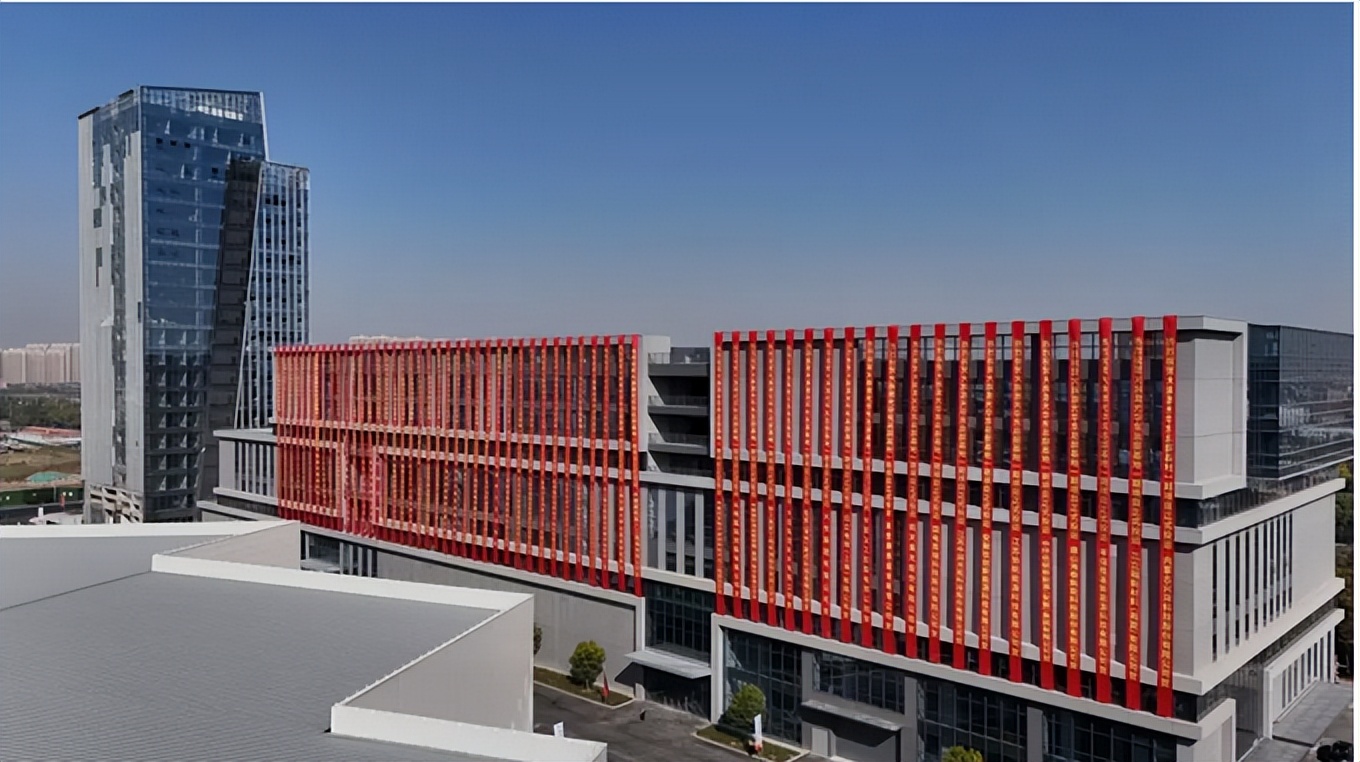 32025.02.20Han's Laser East China Headquarters Base Phase I Officially Launched
32025.02.20Han's Laser East China Headquarters Base Phase I Officially Launched -
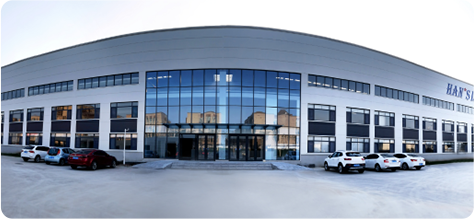 22024.08.30Southwest China was officially put into production.
22024.08.30Southwest China was officially put into production. -
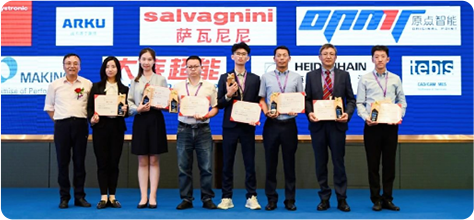 12024.04.08National Honor: Once again Han's Laser won Manufacturing Individual Champion Award.
12024.04.08National Honor: Once again Han's Laser won Manufacturing Individual Champion Award.
Global latout
China
World

Canda
U.S.A
Mexico
Brazil
Argentina
Sweden
Finland
Estonia
Republic of Lithuania
Poland
Ukraine
Romanicia
Austria
Italy
Romanicia
Portugal
Spain
France
Czechoslovakia
United Kingdom
Netherlands
Denmark
Norway
Korea
Headquater
India
Thailand
Vietnam
The Philippines
Malaysia
Indonesia
Australia
New Zealand

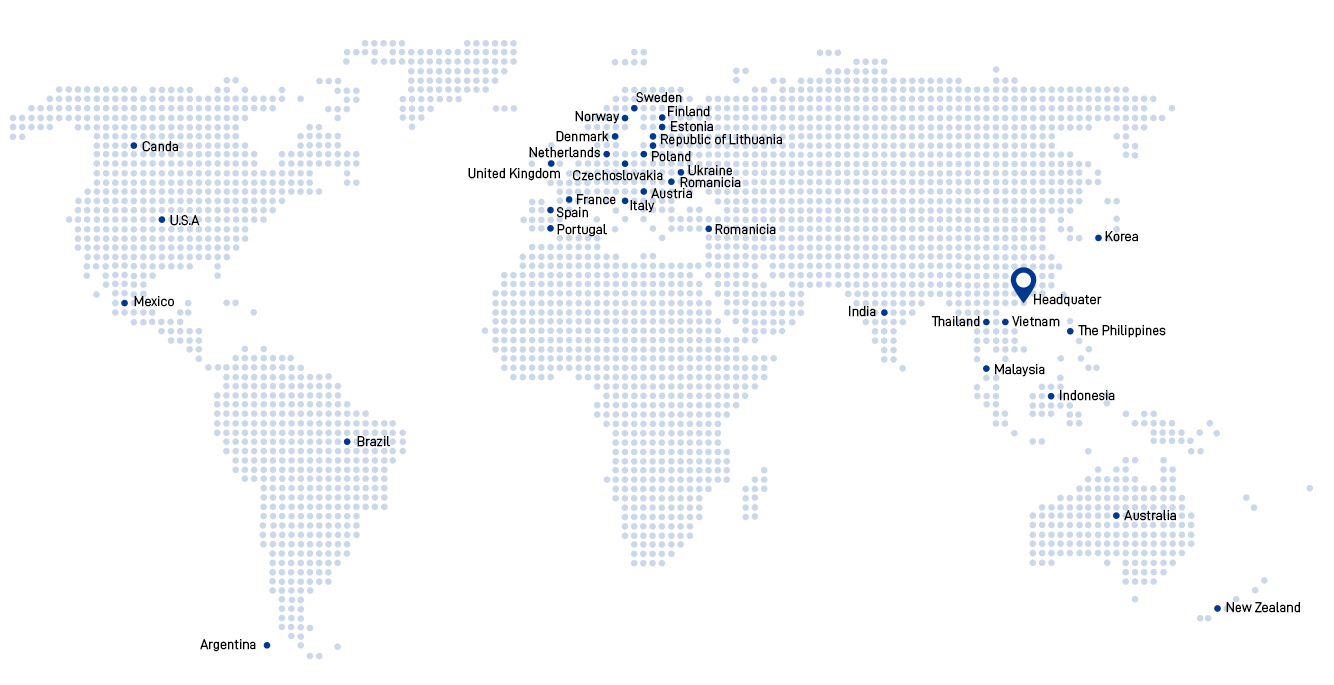

Laser Process Engineer3
Department
R&D
Work place
Campus Recruitment
Number
1 people
Job Responsibilities
1. Process research of laser application, sample making
2. Process verification, welding effect analysis, optimization and improvement combined
with theory
3. Carry out laser equipment selection, test verification and output test report
according to customer needs
4. New process development verification, independent completion of experimental design,
test operation, analysis of test results, completion of test reports, etc.
4. Provide telephone technical support, and travel to solve on-site process problems
when necessary.
Job requirementst
1. Bachelor degree or above, material, laser, welding and
other related majors
2. More than one year working experience in laser application (excellent fresh graduates
can relax the requirements)
3. Material majors have the ability to analyze materials and have relevant experience in
material welding
4. Strong hands-on ability, able to independently complete experimental design,
experimental platform construction, experimental data analysis, etc.
5. Have good expressive ability, logical thinking ability, good at communication
JOIN US
Apply for a job

You are applying for a Laser Process Engineer3, please complete the
information below so that HR can know you!
*
*
*
*
Message
UPLOAD
Other
UPLOAD
SUBMIT



















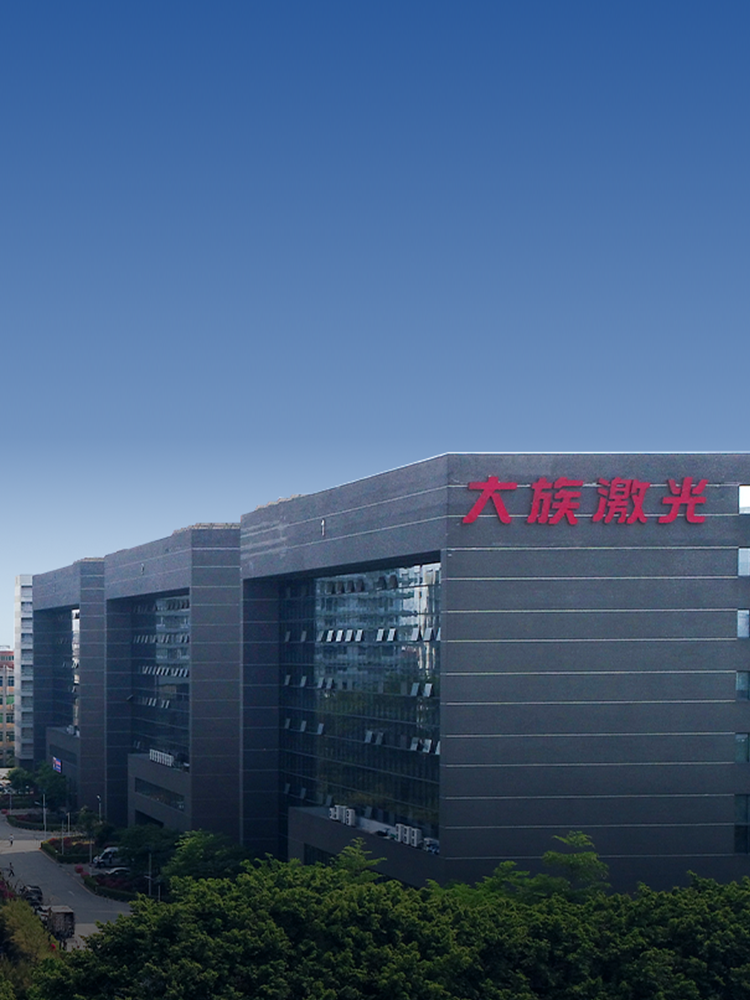

 LET’S TALK
LET’S TALK